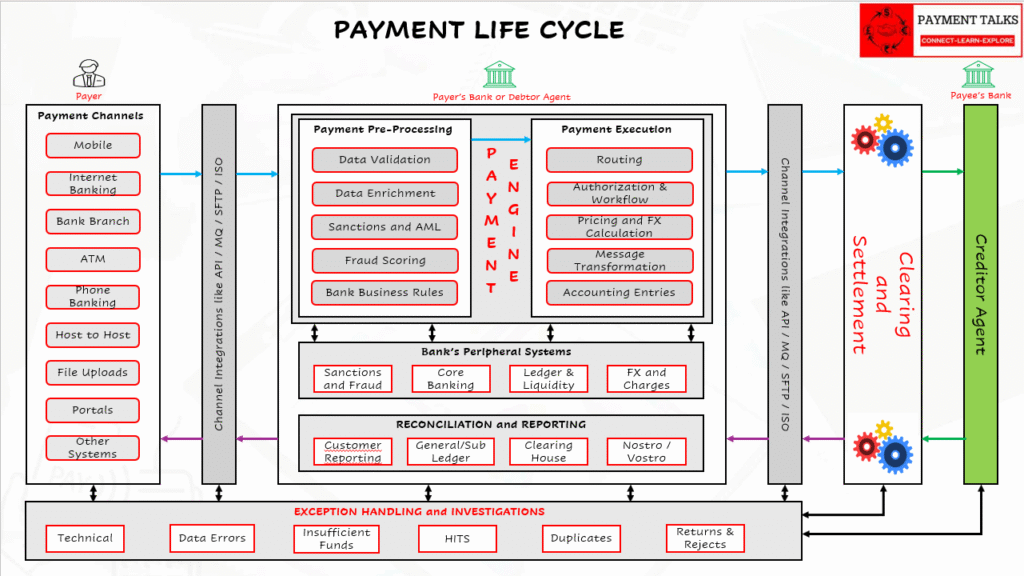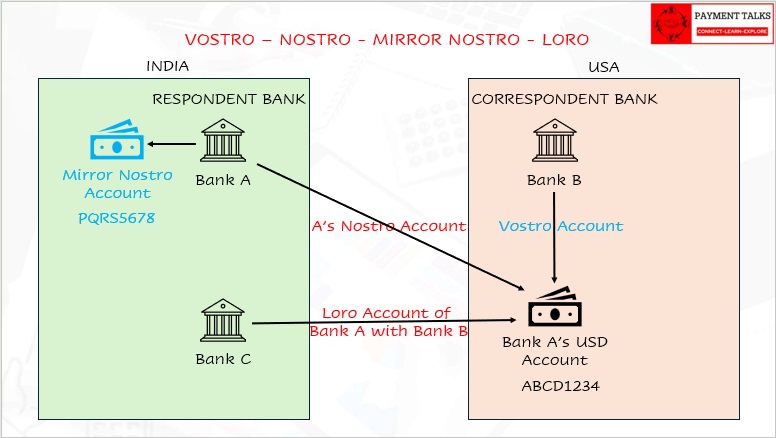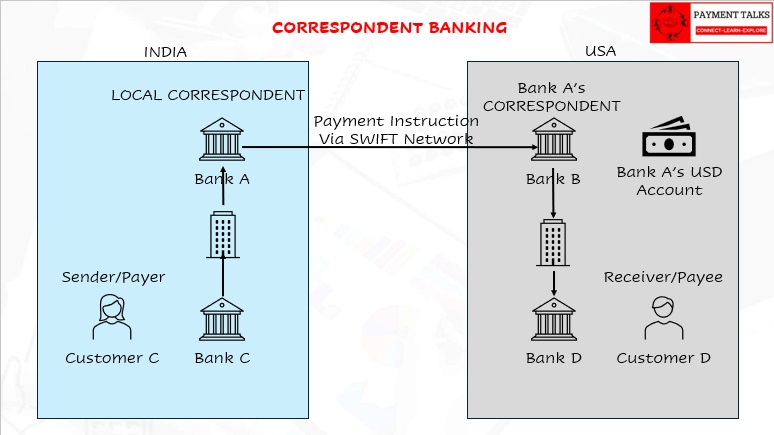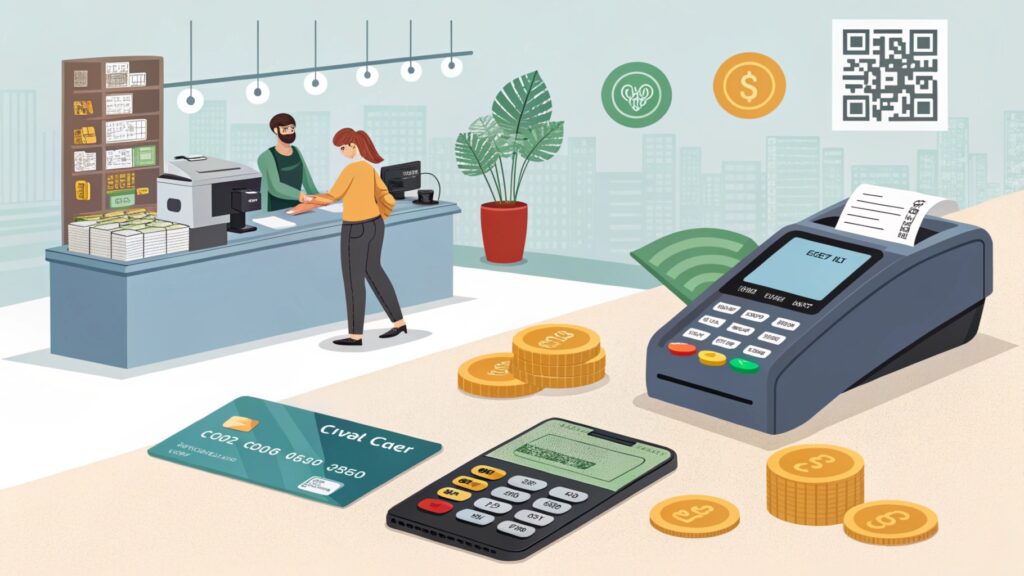Double-Entry Accounting in Payments: The Foundation of Financial Integrity in Banking
Introduction In the world of banking and financial services, every payment—no matter how simple—triggers a series of accounting movements behind the scenes (one that’s often overlooked outside of payment operations and finance teams). When a customer sends money, receives funds, or a transaction fails, these actions are not just operational events—they are financial transactions that […]
Double-Entry Accounting in Payments: The Foundation of Financial Integrity in Banking Read More »









